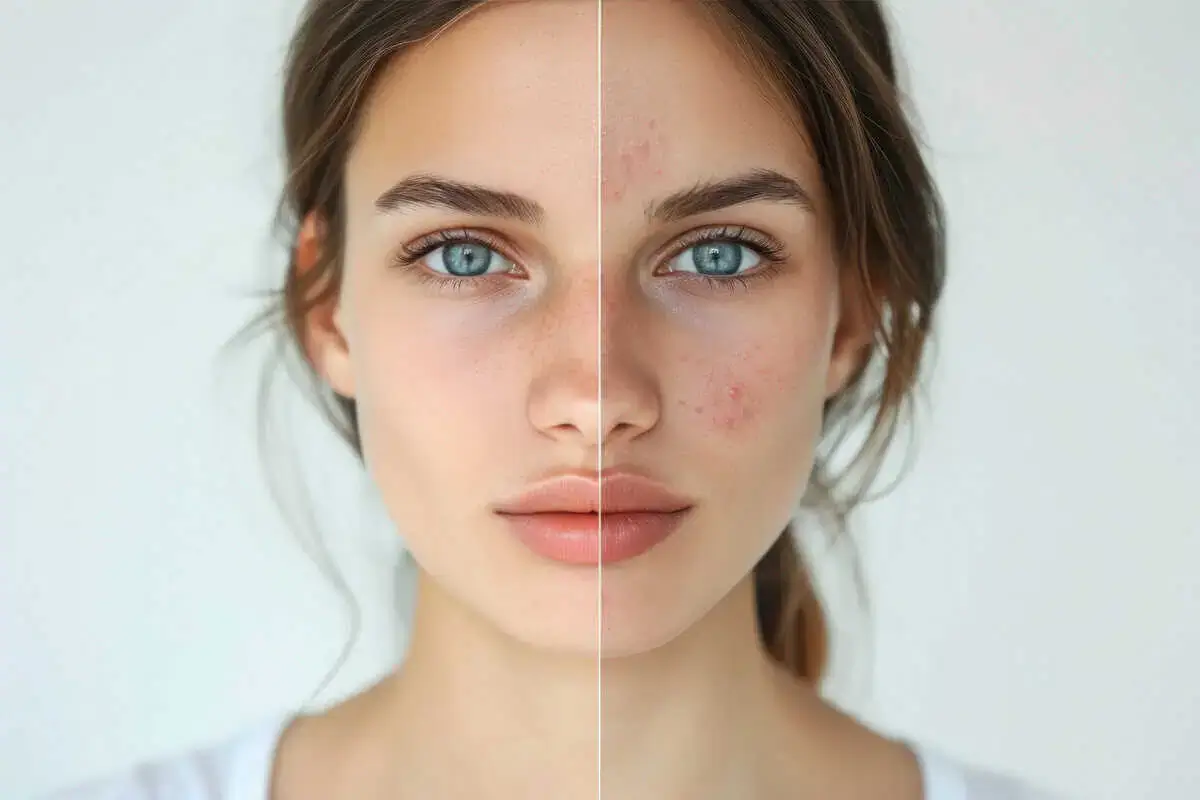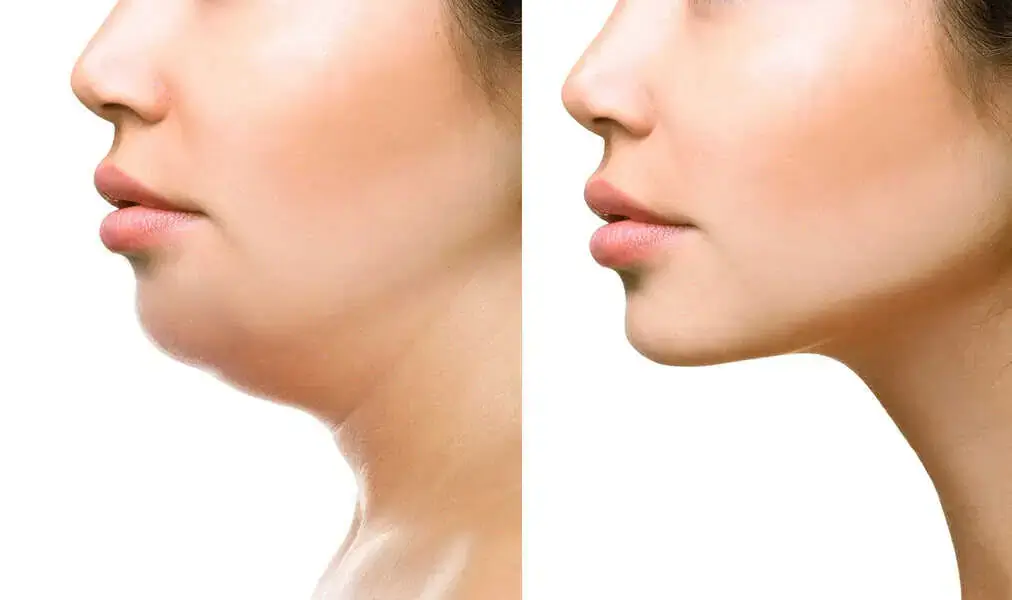Patellar Tendonitis, also called ‘jumpers knee,’ is described as pain/inflammation just below the kneecap. Pain here is often caused by overuse, although you do not need to be an athlete to feel pain in this region. Improper biomechanics can lead to microtearing and inflammation to this region over time.
Anatomy: The patellar tendon is actually a ligament connecting the patella (kneecap) to the shin bone (tibia). It is an extension of the quadriceps tendon. Ligament connects bone-bone, tendon connects muscle to bone.
Assessment: Check above and below the knee joint for proper function. Learn how poor ankle mobility and glute weakness contribute to patellar tendonitis and how to correct it effectively.
It may or may not hurt to actually run or jump or move the knee, but there will likely be discomfort upon palpating the patellar tendon. Pain upon palpation will likely decrease as you flex the knee. Assessing the ankle is actually a big part of correcting this problem, as limited motion has been shown to be correlated with increased incidence of patellar tendonitis. Specifically, limited dorsiflexion of the ankle.
Dorsiflexion = foot coming up toward shin.
(1) A one year study by Backman et al showed that athletes with dorsiflexion less than 36.5 degrees had a 18.5 to 29.4% risk of developing patellar tendinopathy compared to a 1.8 to 2.1% risk for athletes with dorsiflexion greater than 36.5 degrees.
Left photo: Ideal dorsiflexion, red lines are parallel, loading joints properly.
Right photo: limited dorsiflexion, red lines are not parallel, upper body going too far forward. Over time this would put much more stress on the knees.
It is important to assess someone’s feet, specifically overpronation. Overpronation (flat feet) predisposes one’s knees to “cave in” and put greater stress on the knee. If the knee (kneecap) is not in proper alignment, over time this will cause microtearing and wearing of cartilage and soft tissue.
Also important to note hip and pelvic function, especially athletes who are running/jumping. Weakness to glute musculature can also create greater stress on knees as well as improper tracking of kneecap.
Treatment (passive):
We already know that limited ankle dorsiflexion has shown to put added stress on the knee, so treatment should start with improving biomechanics above and/or below the knee joint.
- Foot/Ankle: Active release technique ART should be performed to calf and foot musculature in effort to improve dorsiflexion. Chiropractic adjustments can be made to the ankle joint to improve motion, pending results on assessment.
- Knee: ART can be performed to the quadriceps muscle (remember this turns into patellar tendon). Tight quads will be pulling at the attachment site on the shin = osgood schlatters potentially in some. Chiropractic adjustment may be performed to assist in knee position, pending results from assessment.
- Hip: limited hip mobility may create improper knee position upon jumping/landing/squatting. ART can be done to release hip musculature to assist in proper position of knee during these motions.
Various modalities (ultrasound, laser, shockwave…etc) can also be utilized to assist in speeding up the healing. Also, it’s important to look at someone’s diet as many foods can be pro-inflammatory and contribute to one’s condition. Eating an anti-inflammatory diet is preferred even with no pain for numerous reasons. Supplements can also be added to assist in healing soft tissue as well as decreasing pain.
PRP (platelet rich plasma) and stem cell injections are also offered at Wellness Co. and can help assist in healing damaged tissue.
Treatment (active):
- Foot/Ankle: various calf stretches can be performed to assist in increasing ankle dorsiflexion whether weight-bearing or not. Balancing exercises to increase foot and ankle strength. (foot is like a shock absorber, if muscles are not doing their job then the next joint up the chain takes on increased load). Foam roller to calf/foot. Heat to increase blood flow to soft tissue.
- Knee: various squat and lunge progressions should be incorporated focusing on correct form. Careful attention to knee and ankle position through these moves. Your body will likely want to cheat and do what it has been used to. Do not allow this. You need to create a new neuromuscular firing pattern. Train your brain to tell your body what to do. Foam roller to quads. Heat to increase blood flow and SPEED UP HEALING. (2) A British Journal of Sports Medicine study demonstrated that five 45-second isometric quadriceps contractions held at 70% maximum contraction provided almost complete relief of patellar tendon pain, immediately and for at least 45 minutes.
- Hip: If glutes were not doing their job upon assessment, you can add in various glute exercises to help stabilize knee and pelvis through motion. Foam roller to hip musculature.
Dr. Ryon Bosscher
Wellness Co.
Zeeland, MI
References:
- Backman LJ, & Danielson P (2011). Low Range of Ankle Dorsiflexion Predisposes for Patellar Tendinopathy in Junior Elite Basketball Players: A 1-Year Prospective Study. The American journal of sports medicine PMID:
- Rio E, Kidgell D, Purdam C, Gaida J, Moseley GL, Pearce AJ, Cook J. Isometric exercise induces analgesia and reduces inhibition in patellar tendinopathy. Br J Sports Med. 2015 Oct 1;49(19):1277-83










